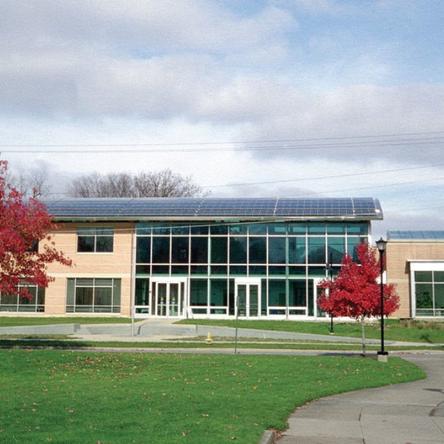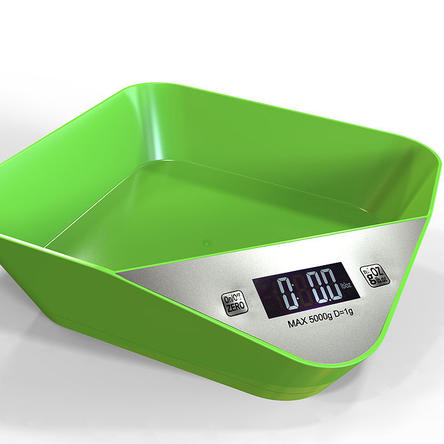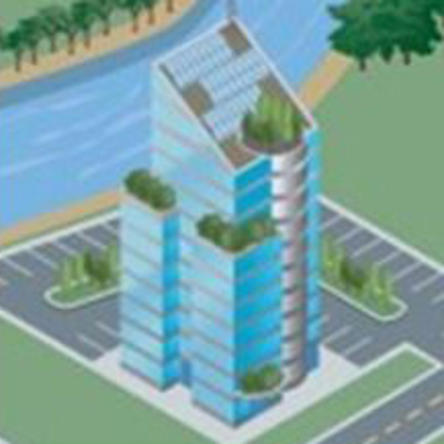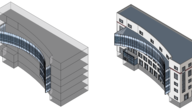You are here
Green Building Goals & Process
To design high performance buildings, you need to set concrete goals and follow a sound design process. Along the way you’ll need to optimize for both resource use and human comfort. Usually energy use is the largest environmental impact, and Net Zero Energy is an increasingly popular design goal.
Dive Deeper
Environmental Issues & Building Design
According to the scientific community, climate change is happening and its effects will have severe consequences for our society and environment. Reducing energy use in buildings is one of the most important ways to reduce humans’ overall environmental impact.Net Zero Energy Buildings
An increasingly popular goal for green building is achieving Net Zero Energy - when your building is energy efficient and generates enough energy on-site to equal its annual energy needs.Resource Use & Buildings
Buildings use energy, materials, water, and land to create the right environment for their occupants. All of these things cost money – and all of them have an environmental impact.Green Building Costs
Sustainability requires a systems-based approach to design iteration. It is important to accurately account for the financial impacts of a design proposal. Also, understanding how systems thinking can be applied to cost can develop a better idea of how investment costs can be offset with Lifecycle Cost Analysis.Project Phases & Level of Development
The building process has been refined over thousands of years. While every project’s process is slightly different, projects generally progress along several standard phases. It’s important to know the right type and level of information that’s needed within each phase to create a high performance building.New vs Existing Buildings
Improving the performance of our existing building stock is incredibly important. New construction only replaces or adds a few percent per year at most to the world's existing stock of buildings. Existing buildings can often be improved at far lower cost than would be required to raze and replace them.Occupant Comfort
Buildings are designed for people, and those people are trying to accomplish a task – whether it’s raising a family, running an office, or manufacturing a product. The building needs to keep people comfortable, efficient, healthy, and safe as they set about their task. Learn about acoustic, visual, and thermal comfort.Links and References
- A free publication that describes measured performance of practices and technologies to promote better buildings.
- Holistic design guidance to achieve 30-50% energy efficiency gains on a variety of building types.
Comments





